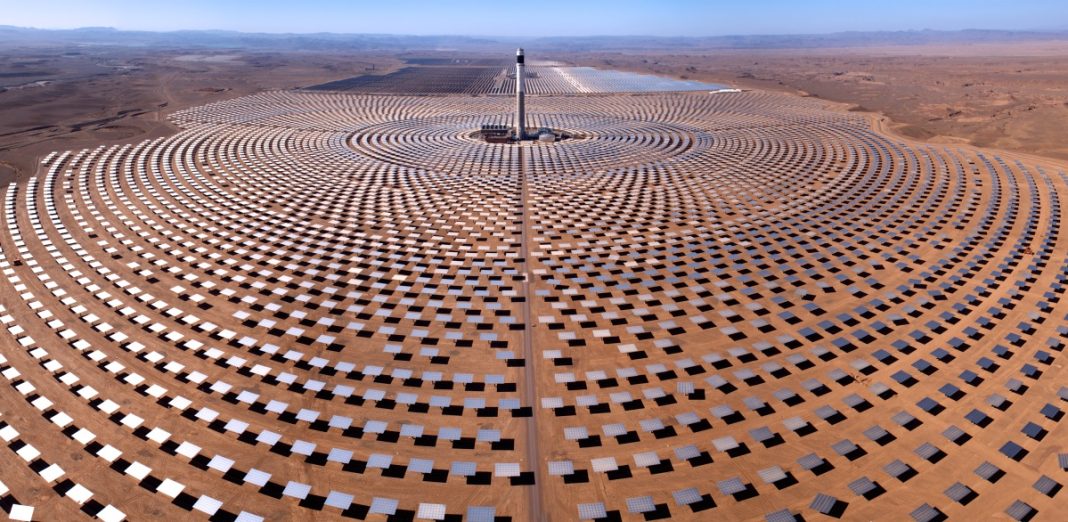We would need $8 trillion of investment for new renewables and $4 trillion for grid and storage infrastructure to deliver the 2030 tripling goal agreed at COP28, a new report has revealed.
Simply put, we need a combined $2 trillion a year on average according to the report from Climate Analytics.
Using climate finance to mobilise $100 billion a year for the rollout in Sub-Saharan Africa – five times current investment levels – would ensure energy access for all and align the region with the global target.
It is a big investment but one that Dr. Neil Grant lead author and Climate Analytics expert says is worthwhile.
“We’re set to invest over $6 trillion in fossil fuels over this decade – more than enough to close the tripling investment gap. Faced with this choice, I’d go with the safest, best value option – renewables,” says the report’s lead author and Climate Analytics expert Dr Neil Grant.
The report calculates how fast different regions need to act to triple global renewables based on current capacities and future needs. Renewable capacity in Sub-Saharan Africa needs to scale rapidly by a factor of seven (double the global average) due to historic underinvestment and energy access needs.
The OECD is forecast to double its renewables by 2030, but it needs to triple. Accelerating action in line with this would close 60% of the global gap between forecast capacity in 2030 and the tripling goal.
“The OECD needs to triple renewables but is currently way off target. Countries in the region claiming to be climate leaders need to walk the talk, not just by ramping up renewables at home, but by coming through for other regions which need finance to contribute to the tripling goal,” says Claire Fyson, co-author on the report and Head of Policy at Climate Analytics.
Asia needs to scale slightly faster than the OECD, almost quadrupling its renewable capacity by the end of the decade. Asia is the only region broadly on course for the tripling goal, driven mostly by policies in China and India.
However, the significant coal and gas pipelines in these countries risks stranded assets or slowing the transition. As renewables are set to grow strongly in the region, new fossil fuel plants are not needed and should be avoided.
“The renewables industry stands ready to deliver on the global tripling goal. But to get there in time, we need governments to take urgent action to turbocharge an already buoyant renewables market.
Public finance is key, especially international support to provide access to low-cost capital for emerging markets to join the renewables era, ensuring a clean, secure and just transition for all,” says Bruce Douglas, CEO of the Global Renewables Alliance in reaction to the report.
Tripling renewables by 2030 is not the end of the story. The report finds renewables need to continue growing strongly beyond the end of the decade, scaling up five times by 2035 relative to 2022, to limit warming to 1.5°C.
As governments start to develop their 2035 targets for the next round of NDCs, they should consider how to follow through on the tripling ambition collectively agreed at COP28.
Also Read
Kenya’s complete transition to clean energy gets World Bank support

